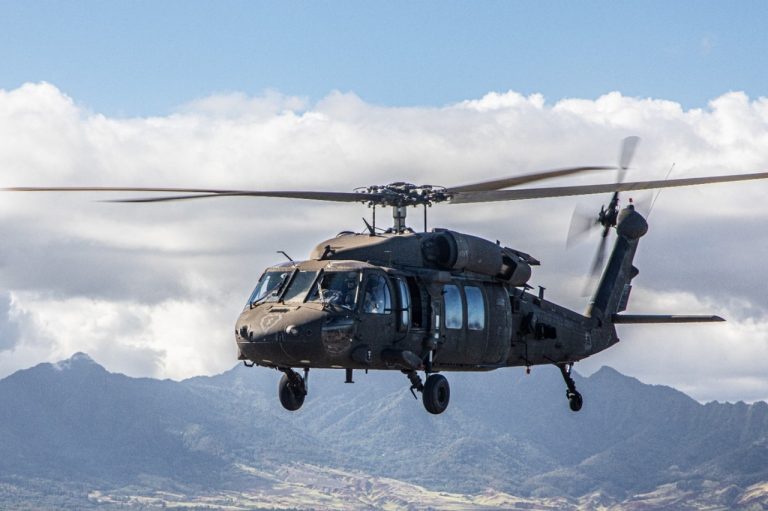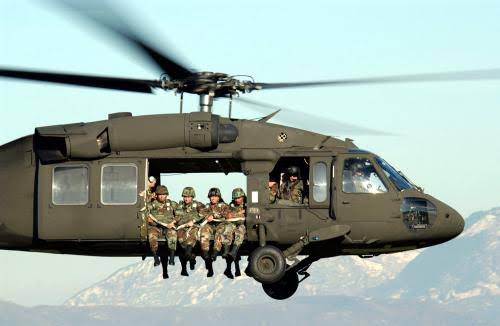Discovering the Cutting-edge Modern Technology Behind Aircraft Layout and Engineering
The area of aircraft design and design is observing a transformative shift driven by innovative technologies that improve effectiveness, performance, and sustainability. Advanced products such as carbon fiber composites and titanium alloys are setting brand-new criteria, while aerodynamic technologies and expert system are enhancing procedures and boosting results. As the industry comes to grips with the difficulties of ecological duty, developments in lasting air travel technologies assure to reshape the future. The effects of these advancements prolong past performance metrics; they might redefine the actual nature of air travel. What might this mean for the industry as a whole?
Advanced Products in Aircraft Design
Exactly how can the combination of innovative materials transform aircraft layout? The consolidation of advanced products, such as carbon fiber compounds, titanium alloys, and progressed porcelains, plays a critical role in enhancing airplane efficiency and performance.
Additionally, innovative products exhibit enhanced resistance to deterioration and tiredness, resulting in reduced upkeep costs and extensive solution life. For instance, making use of titanium in crucial elements helps hold up against extreme temperature levels and tensions, while carbon fiber compounds give adaptability in layout and production procedures. This versatility allows for even more aerodynamic forms, adding to exceptional efficiency features.
Additionally, the combination of smart materials, which can alter homes in action to exterior stimulations, opens new avenues for adaptive systems in airplane style. uh 60. These innovations promise not only to enhance safety and security and functional performance but also to add to sustainability initiatives by decreasing ecological impact through reduced exhausts. In summary, progressed materials are redefining the landscape of airplane design, leading the way for a lot more efficient, long lasting, and eco-friendly aviation options
Aerodynamic Technologies for Efficiency
Wind resistant developments play a critical duty in enhancing aircraft effectiveness, dramatically influencing gas intake and total efficiency. Advancements in airfoil layout, such as the intro of supercritical wings, enable optimized lift-to-drag proportions, lowering drag at transonic rates. These technologies make it possible for aircraft to maintain higher speeds with reduced fuel expense, directly affecting operational prices and ecological sustainability.
Furthermore, the assimilation of winglets has actually verified efficient in alleviating vortex-induced drag at the pointers of wings, additionally boosting fuel efficiency - uh 60. This design adjustment leads to a reduction in wake turbulence, adding to boosted wind resistant efficiency throughout cruise ship problems

Furthermore, computational liquid dynamics (CFD) tools have actually reinvented the testing and refinement of aerodynamic shapes, permitting accurate simulations of air movement around airplane (uh 60). This allows engineers to innovate continuously, making sure that modern-day airplane not only satisfy regulatory requirements however also press the borders of effectiveness in air travel

Duty of Computer Simulations
Computer system simulations have actually come to be a crucial tool in the field of airplane design, enabling engineers to carry out comprehensive evaluations and optimizations of various design elements. These simulations permit the digital screening of aerodynamic buildings, architectural stability, and efficiency metrics long prior to physical models are developed. By utilizing computational liquid characteristics (CFD) and limited aspect evaluation (FEA), designers can forecast how air moves around the aircraft and exactly how different materials will react to stress and anxiety and stress.
Furthermore, computer system simulations assist in the exploration of a my link wide variety of variables and scenarios, speeding up the style procedure and reducing prices related to physical screening. This capability not just improves the precision of predictions pertaining to aircraft habits yet also supplies insights right into prospective style renovations that could not be right away apparent through standard approaches.

Furthermore, simulations aid make certain conformity with stringent security policies by allowing engineers to determine and remedy possible problems early in the design phase. The integration of simulation technologies right into the aircraft design procedure highlights the substantial developments in design techniques, ultimately adding to the advancement of safer, much more efficient, and ecologically friendly aircraft.
Expert System in Engineering
Artificial knowledge (AI) is revolutionizing the design landscape, specifically in airplane style, by boosting decision-making processes and optimizing design operations. Through maker understanding algorithms, AI can analyze substantial datasets, uncovering patterns and understandings that inform layout options and boost total performance.
AI applications in aircraft design include generative design, where algorithms develop numerous layout choices based upon defined specifications, permitting designers to examine a broader range of opportunities. This not only increases the design stage however additionally makes sure that the final products fulfill rigorous efficiency and safety criteria.
Moreover, AI-driven anticipating analytics promote upkeep scheduling by assessing historical information and forecasting potential failings. This aggressive approach decreases downtime and enhances airplane dependability.
In addition, AI aids in simulation and modeling, allowing engineers to test layouts under different problems without the requirement for physical models. This ability shortens development timelines and reduces costs related to conventional screening methods.
Lasting Air Travel Technologies
The answer exists in the fostering of sustainable aviation innovations that prioritize effectiveness and lower carbon discharges. Developments such as sustainable aeronautics gas (SAFs), which are obtained from renewable resources, have emerged as a vital component in achieving lower lifecycle emissions.
Moreover, developments in airplane layout, such as the growth of lighter products and even more aerodynamically reliable shapes, add to enhanced gas efficiency. Electric and hybrid propulsion systems are likewise acquiring traction, using a pathway to decrease reliance on nonrenewable fuel sources and decrease greenhouse gas emissions.
The assimilation of these technologies is sustained by regulatory structures and market cooperations aimed at setting ambitious sustainability targets. Digital tools like information analytics and artificial knowledge can maximize flight procedures, further enhancing gas efficiency. By accepting sustainable techniques and modern technologies, the aeronautics sector can not just fulfill the growing need for air travel but likewise play a critical role in dealing with environment adjustment, making sure a more sustainable future for air transport.
Conclusion
The merging of innovative products, wind resistant innovations, and innovative technologies marks a significant advancement in airplane layout and design. The assimilation of carbon fiber composites, titanium alloys, and AI-driven redirected here processes not only boosts performance and effectiveness yet also streamlines operations and predictive upkeep.

Computer system simulations have actually come to be a crucial tool in the area of airplane layout, making it possible for engineers to conduct comprehensive evaluations and optimizations of various design facets.The convergence of innovative products, wind resistant advancements, and cutting-edge modern technologies notes a considerable development in airplane design and engineering.